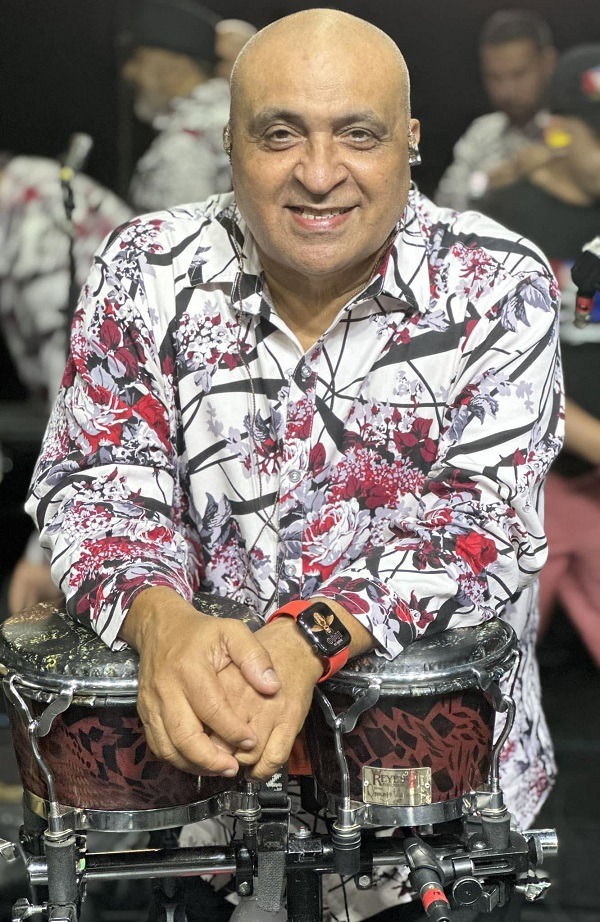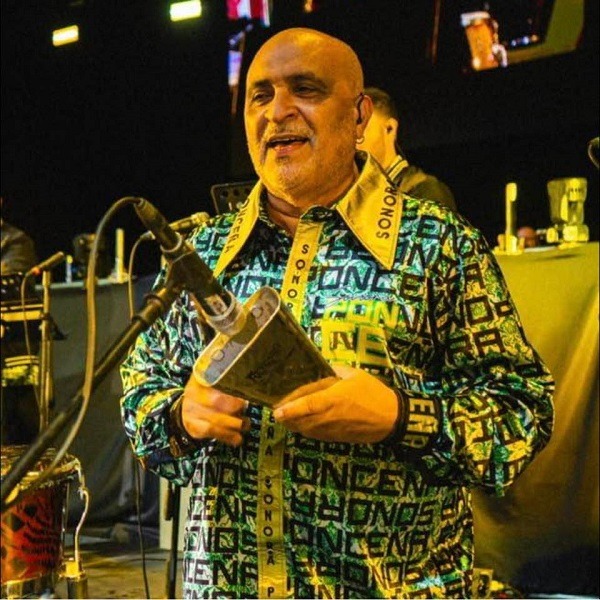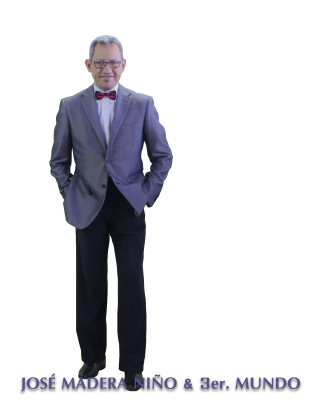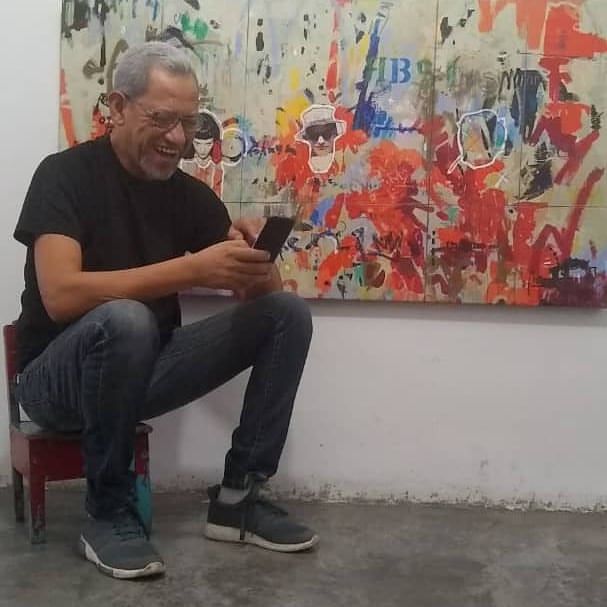Medejazz 2023, to delight the ears, Music and Art in Medellin.
In 1996 the Medellin Jazz “Medejazz” Corporation was founded, which in 2006 changed its name to Medearte Corporation, continuing with the same cultural vision and objectives. With the work of these years, Medearte Corporation has made it possible that musicians who were once only idols heard on records, today are part of the musical history of Colombia and Medellin specifically.
The Medearte Corporation has developed projects where the main objective is the dissemination and promotion of the arts in its various manifestations, the institution is recognized nationally and internationally for its business management in favor of culture in Colombia and to support projects of young musicians and artists in the cultural work of the city of Medellin.

The 27th version of the “International Jazz and World Music Festival” will be held from September 6 to 16. Continuing with the tradition that the Festival has consolidated over the years, our city will host a wide range of artists, performers and groups, who thanks to their talent and creativity, will radiate their music and sounds on the public of Medellin.
The breadth of artistic genres, nationalities, cultures and staging that this Festival “Medejazz” has prepared for everyone will make Medellín the center of a rich diversity and cultural and human plurality, embodied in the multiple sounds that, we are sure, will not disappoint.
The MedeJazz 2023 program, with the support of the Ministry of Culture, the Mayor’s Office of Medellín and La Fiesta del Libro y la Cultura, will offer six in-person concerts, five of which will be free admission. In addition, the Festival will offer four free master classes, as a contribution to the academic-musical training of young musicians.
The Festival will also offer four free master classes as a contribution to academic-musical education, and young people from music schools will have the opportunity to nurture this knowledge. The Festival will be held from September 8 to 17
– Eleven concerts in Medejazz 2023
– Ten concerts with free admission
– Groups and members from France, Holland, Cuba, Brazil, Colombia, the United States, Puerto Rico and Venezuela.
– Four master classes with free admission.
Groups from France, Holland, Brazil, Cuba, Colombia, the United States, New York, Venezuela and Puerto Rico will grace the nights of Medellín.
“Medejazz” From France will be Samy Thiebaut, from Holland Nueva Manteca, from Brazil the female duo of Eloudie Bouny and Iara Ferreira, from the island of Cuba the pianist Ernán López Nussa with his project Havana in The Grand Manner, from New York – Puerto Rico – Venezuela and Cuba the tributes to Héctor Lavoe and Ismael Rivera.
For Colombia, the six winning groups of the 2023 calls: Sara Elisa Villa, Geografías, Mulatas, Groovato, Luis Bernardo Jazz Project and Tomate’s.
Three large stages will witness these great nights: Tarima Carabobo within the Festival of Books and Culture, Plazoleta del Museo de Arte de Medellín MAMM and the Great Hall of Plaza Mayor.
Starting Friday, August 25, you can visit the updated website with all the information about Medejazz 2023.
MEDEJAZZ 2023 PROGRAM
Sara Elisa Villa (Colombia). Friday, September 8 – 6:30 pm – Tarima Carabobo Fiesta del Libro y la Cultura. FREE ENTRANCE.
Geografías (Colombia). Saturday, September 9 – 6:30 pm. – Tarima Carabobo Fiesta del Libro y la Cultura. FREE ENTRANCE.
Mulatas (Cuba-Colombia). Saturday, September 9- 8:00 pm- Tarima Carabobo Fiesta del Libro y la Cultura. FREE ENTRANCE.
Groovato (Colombia). Sunday September 10 – 6:30 pm- Tarima Carabobo Book and Culture Festival. FREE ENTRANCE.
Luis Bernardo Jazz Project (Colombia). Tuesday, September 12- 8:00 p.m. Tarima Carabobo- Book and Culture Festival. FREE ENTRANCE.
Tomate’s (Colombia). Thursday, September 14- 7:30 pm. Plazoleta Museo de Arte Moderno de Medellín- MAMM. FREE ENTRANCE.
Samy Thiébault (France). Friday, September 15- 8:00 pm. Tarima Carabobo- Book and Culture Festival. FREE ENTRANCE.
New Manteca (Holland). Friday, September 15 – 7:30 p.m. Plazoleta Museo de Arte Moderno de Medellín- MAMM. FREE ENTRANCE.
Eloudie Bouny and Iara Ferreira (Brazil). Saturday, September 16- 6:30 p.m. Tarima Carabobo- Book and Culture Festival. FREE ENTRANCE
Lavoe Orquesta + Joseph Amado, Moncho Rivera y Mulatas (New York, Puerto Rico, Venezuela, Cuba and Colombia). Saturday, September 16 -8:00 p.m. Gran Salón de Plaza Mayor. Information: Ticket Express.
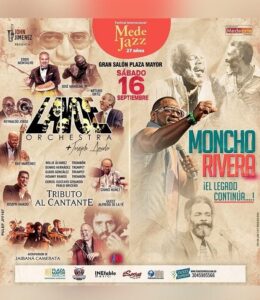
Havana in the Grand Manner with Ernán López Nussa (Cuba). Sunday, September 17- 5:00 p.m. Plazoleta del Museo de Arte Moderno de Medellín- MAMM. FREE ENTRANCE
INFORMATION
Social Networks
Facebook: (Medearte- Festival Internacional Medejazz)
YouTube: Festival Medejazz
Twitter: (@MedeJazz) https://twitter.com/MedeJazz
Instagram: (@MedeJazz)
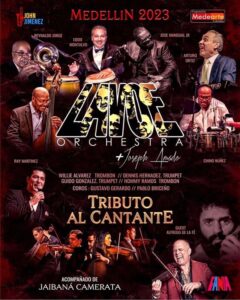
Also Read: Henry Benavides surprises with “Por Cuenta Propia,” his new project
